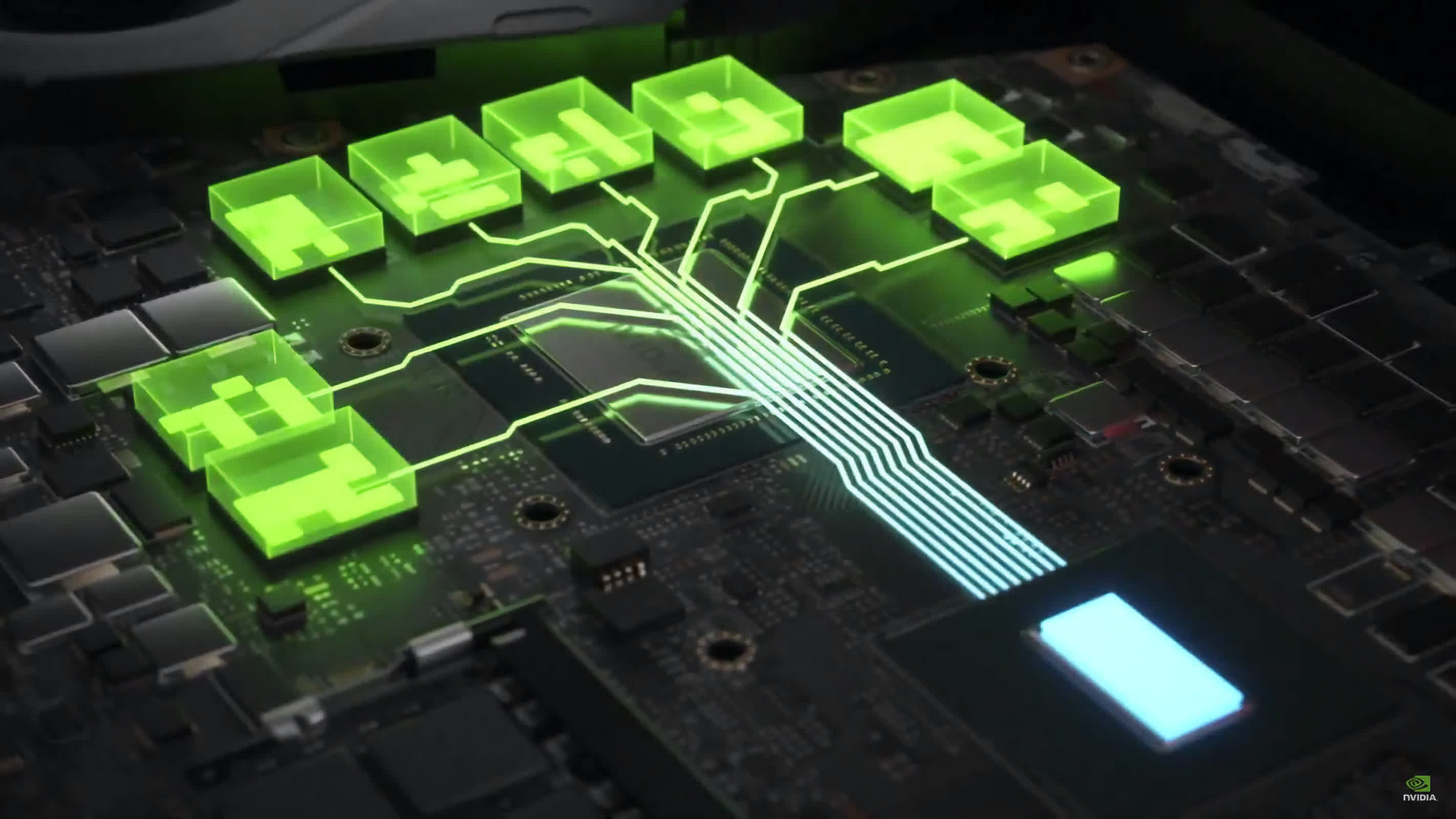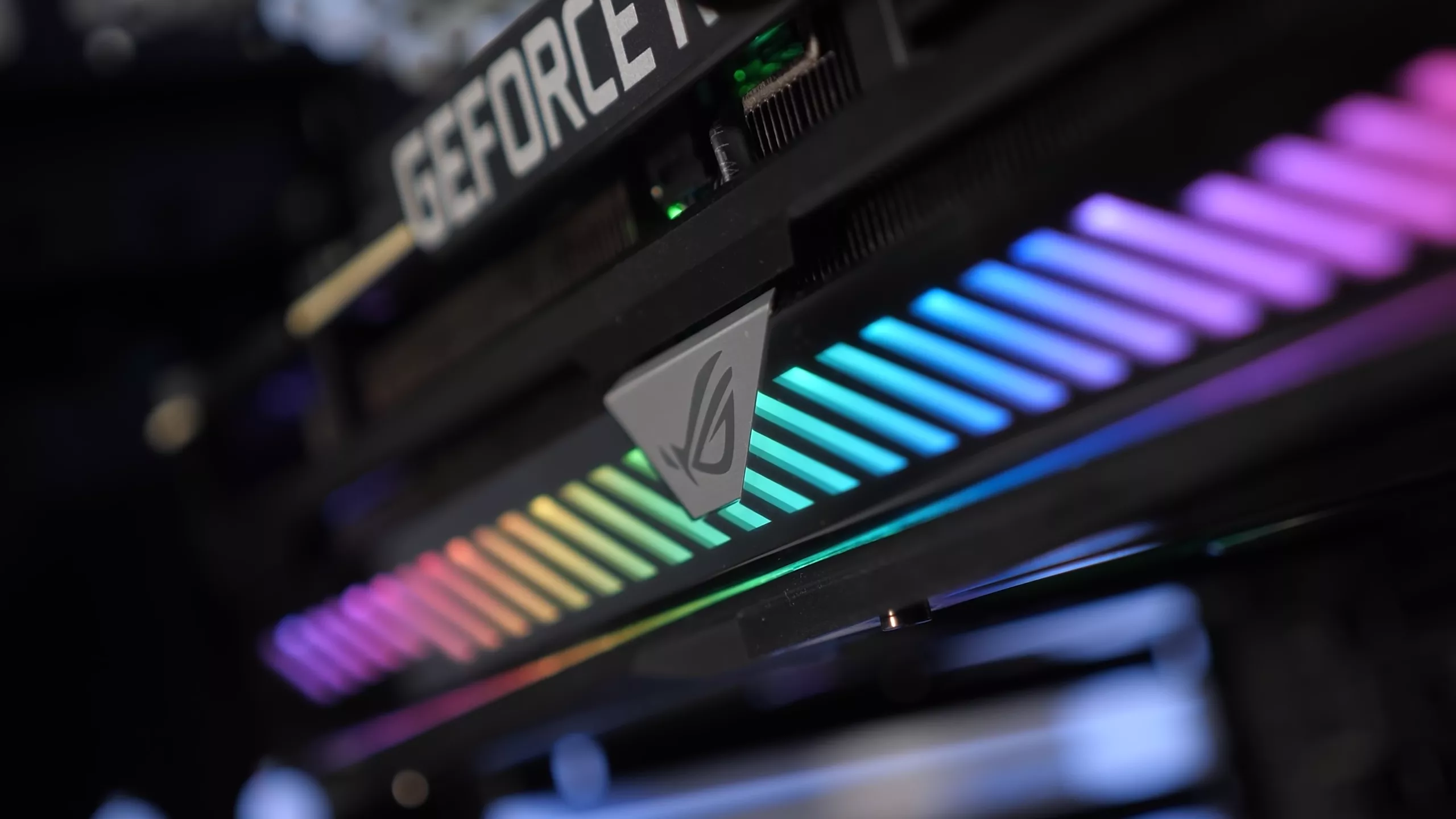Recap: Resizable Bar has become a popular method of drawing out modest but noticeable performance gains over the last few years. However, its official support is limited to more recent hardware. Last month, a mod brought the feature to older PCs, and a new fork has now extended ReBar support to Nvidia Turing series graphics cards.
Users of still popular Nvidia Turing GPUs now have an indirect way to boost performance through Resizable BAR. The installation process is somewhat complex but could extend the hardware's lifespan for users unable to upgrade to more modern GPUs. Ampere and RDNA 2 were the first architectures to officially support the feature.
We tested ReBar for the first time on Nvidia RTX 30 series GPUs in 2021. Resizable BAR became part of the GPU performance conversation with the release of AMD's Radeon RX 6000 series, when the company touted Smart Access Memory or SAM, but in reality AMD had just rebranded the PCI Express feature better known as "Resizable BAR" that had gone unused for quite some time before becoming a somewhat usual feature to enable on newer graphics hardware.
The new tool, called NvStrapsReBar, builds on the recently released ReBarUEFI DXE driver, which allowed older CPUs and motherboards to utilize Resizable BAR. NvStrapsReBar expands this support to include GeForce GTX 1600 and RTX 2000 graphics cards. Despite these GPUs turning five years old soon and Nvidia ceasing production of the GTX series, the GTX 1650 and RTX 2060 continue to rank highly on the Steam Hardware Survey, so the mod has the potential to help a lot of gamers.

Installing NvStrapsReBar requires flashing a new UEFI image on the motherboard. For motherboards that don't officially support Resizable BAR, activate the "Above 4G Decoding" setting and disengage CSM. Changing hardware components like the GPU requires disabling ReBAR. The download page contains full instructions and the GitHub page hosts a list of successfully tested system configurations.
AMD popularized Resizable BAR with the Ryzen 5000 processors and Radeon RX 6000 graphics cards. The technology allows a CPU to access all of the video memory, whereas before it could only access 256 MB of mapped VRAM. In our benchmark from a few years ago, the feature improved performance by over 10 percent in some games like The Division 2, Assassin's Creed Valhalla, and Hitman 2, but was marginally detrimental to others like Microsoft Flight Simulator and Rainbow Six Siege.
Although AMD initially pushed Resizable BAR as a selling point for its then-new hardware, Intel and Nvidia soon adopted it, and any chips compatible with PCIe 2.0 or later can theoretically support the functionality. Last month, ReBarUEFI proved this by allowing CPUs going back to 2011's Sandy Bridge to engage ReBAR. It was also successfully tested on AMD's 2017 Radeon RX 580 GPU, but unfortunately its Nvidia contemporary – the GTX 1000 series – still doesn't work, even with NvStrapsReBar.
